Market Growth Projections
The Global Frozen Breakfast Food Market Industry is anticipated to experience robust growth over the coming years. With a projected market size of 34.7 USD Billion in 2024, the industry is set to expand significantly, reaching an estimated 55.4 USD Billion by 2035. This growth trajectory suggests a compound annual growth rate of 4.35% from 2025 to 2035. Factors contributing to this expansion include increasing consumer demand for convenience, health-conscious products, and technological advancements in food processing. As the market evolves, it is likely to attract new entrants and foster innovation, further enhancing its growth potential.
Health and Wellness Trends
In recent years, the Global Frozen Breakfast Food Market Industry has seen a shift towards health-conscious products. Consumers increasingly seek nutritious options that align with their dietary preferences, such as organic, gluten-free, and high-protein frozen breakfast items. This trend is indicative of a broader societal movement towards healthier eating habits. Manufacturers are responding by reformulating products to include whole grains, reduced sugar, and added vitamins. The industry's growth is expected to continue, with projections indicating a market size of 55.4 USD Billion by 2035. This focus on health and wellness is likely to attract a diverse consumer base, enhancing market potential.
Expansion of Retail Channels
The Global Frozen Breakfast Food Market Industry benefits from the expansion of retail channels, including supermarkets, convenience stores, and online platforms. As consumers increasingly prefer shopping online, the availability of frozen breakfast products through e-commerce platforms has surged. This trend allows for greater accessibility and convenience, catering to a wider audience. Retailers are also enhancing their frozen food sections, providing consumers with a diverse range of options. This expansion is likely to drive sales growth, as more consumers discover the variety and convenience of frozen breakfast foods. The industry is poised for continued growth as retail channels evolve to meet changing consumer preferences.
Rising Demand for Convenience Foods
The Global Frozen Breakfast Food Market Industry experiences a notable increase in demand for convenience foods, driven by the fast-paced lifestyle of consumers. As individuals seek quick meal solutions, frozen breakfast options such as waffles, pancakes, and breakfast sandwiches gain popularity. This trend is particularly evident among busy professionals and families, who prioritize time-saving meal choices. The market is projected to reach 34.7 USD Billion in 2024, reflecting a growing preference for ready-to-eat meals. This shift towards convenience is likely to propel the industry forward, as manufacturers innovate to meet consumer needs for speed and simplicity.
Growing Urbanization and Changing Lifestyles
Urbanization significantly influences the Global Frozen Breakfast Food Market Industry, as more individuals move to urban areas where lifestyles are often busier. This demographic shift leads to increased demand for convenient meal solutions, including frozen breakfast foods. Urban dwellers tend to have less time for meal preparation, prompting a preference for ready-to-eat options. Additionally, changing lifestyles, characterized by longer working hours and increased commuting, further drive the need for quick and nutritious breakfast solutions. As urban populations continue to grow, the market is expected to expand, reflecting the evolving needs of consumers seeking convenience without compromising on quality.
Technological Advancements in Food Processing
Technological advancements play a crucial role in the Global Frozen Breakfast Food Market Industry, enhancing production efficiency and product quality. Innovations in freezing techniques, packaging, and preservation methods allow manufacturers to maintain the nutritional value and taste of frozen breakfast items. For instance, advancements in flash freezing technology enable quicker freezing, which helps preserve texture and flavor. These improvements not only enhance product appeal but also extend shelf life, making frozen breakfasts more accessible to consumers. As the industry evolves, these technological enhancements are expected to contribute to a compound annual growth rate of 4.35% from 2025 to 2035.


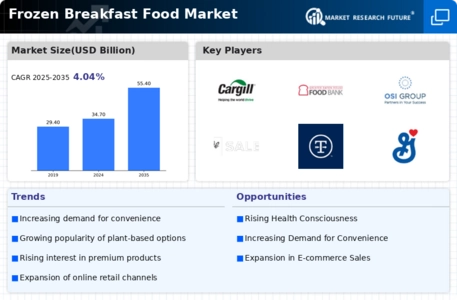
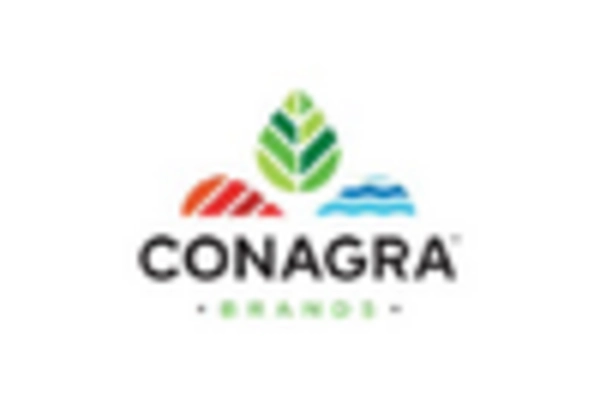
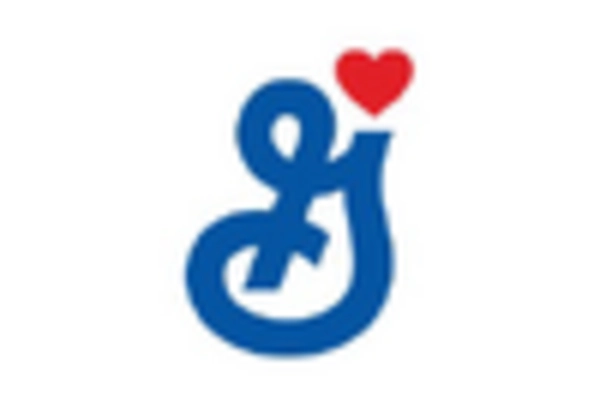
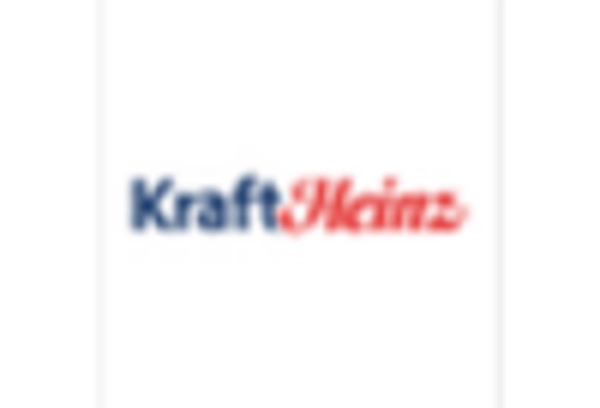
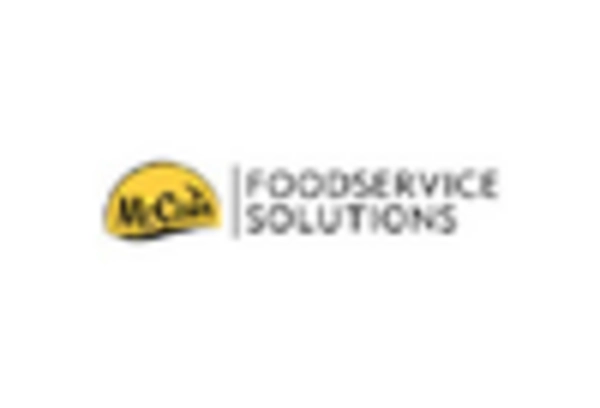

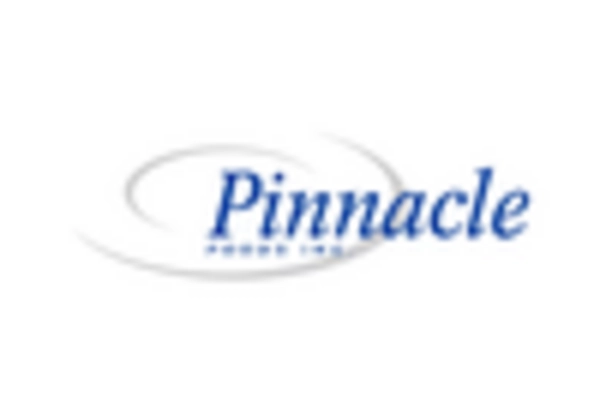








Leave a Comment